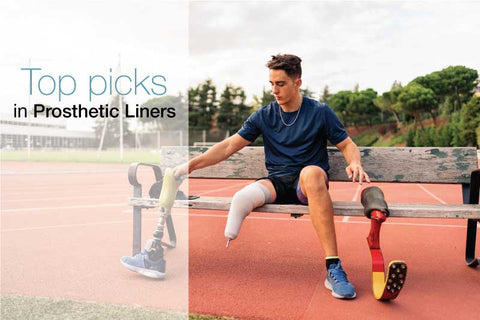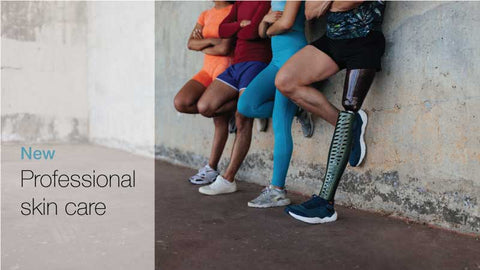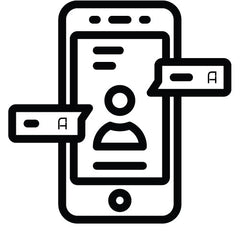AI-powered ‘Bento Arm’ Responds to User’s Intention
Reading Time: 2 minutes
Artificial intelligence has permeated various aspects of life, including prosthetics. The Bento Arm, an AI-equipped prosthetic arm developed by researchers at the University of Alberta in Canada, stands out as a remarkable innovation for individuals with limb loss, as it provides a more accessible, adaptable, and intelligent option.

The Bento Arm works by using AI to analyze the user’s muscle signals and the electrical activity in the upper arm and shoulder. This enables precise control over the elbow and wrist movements.
According to Patrick Pilarski, co-lead of the Bionic Limbs for Improved Natural Control (BLINC) Lab—an interdisciplinary group focused on creating advanced prosthetics—this system incorporates machine learning to interpret the user’s intentions for movement. Machine learning also lends an intuitiveness that enhances the naturalness and accuracy of movements, important for tackling daily activities.
Pilarski explained that while robotic limbs are becoming more prevalent, what makes the Bento Arm unique is that AI plays a crucial role in bridging the gap between the user and the robotic arm.
During the Cybathlon 2024 event last October, Chris Neilson, a representative from BLINC, showcased the Bento Arm. This global competition featured over 100 teams from 30 countries, all presenting their latest advancements in powered wheelchairs, exoskeletons, brain-computer interfaces, bionic arms, and lower limbs.
According to Pilarski, driving the Bento Arm was akin to driving a race car for Neilson. He had to use signals and movements from his own body to control the arm. This is where machine learning shines.
The best part about the Bento Arm is that its design is open-source, making it accessible to researchers, medical institutions, and companies globally.
Pilarski, currently the Canada CIFAR Artificial Intelligence Chair at the Alberta Machine Intelligence Institute (AMII), underscores the significance of an open-source framework in providing individuals with the most suitable prosthetic technology at the moment of prescription. This ensures that users receive a prosthetic device that best meets their needs.
Pilarski explained that the ultimate goal is to enhance a person’s capacity to engage in daily activities and participate within their community.
To know more about the Bento Arm, visit blincdev.ca.










































































